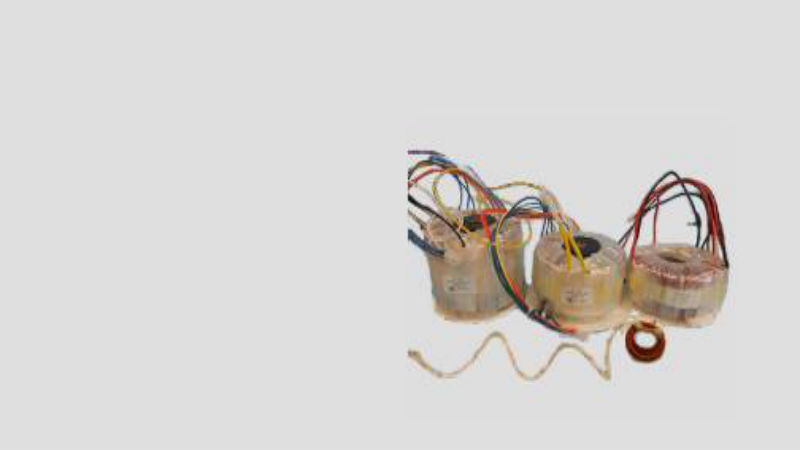To understand the importance of choosing a custom design for an inductor, it is first relevant to review the basic purpose of this component in an electrical system. Understanding the role the inductor plays allows the OEM or designer to fully recognize how important a customize, specialized and performance-specific inductor is to the overall performance of the system.
The Role of the Inductor
All inductors in an electrical system are passive components. In other words, they do not mechanically or otherwise act on the current passing through the system. Instead, the coil of wire wrapped around the core carries the current and creates a magnetic field. This magnetic field can be in the wire as well as in the core. The magnetic field is used to resist or oppose any change in the current flowing through the system.
The typical shape of an inductor includes the donut-shaped toroidal inductors as well as rods, rings or other types of configurations. The specific configuration, as well as the number of windings, are all important in choosing the right inductor for the given application.
The Use of Custom Inductors
The size, shape and number and pattern or windings on any inductor is calculated based on the performance requirements of the system. With new devices, equipment and systems, choosing custom inductors to resist current change, but allow the steady current to pass through, are critical for overall performance.
Incorrect design of custom inductors, or failure to correctly calculate the specifications, results in problems with the performance of the component. Issues with windings incorrectly configured around the core or shorts in the windings can cause significant problems.
In many cases, the use of a standard inductor does not allow the correct energy storage. In these cases, the choice of custom inductors which are custom designed in shape, core material and windings, allows for the ideal energy storage levels to operate the equipment efficiently and effectively.






